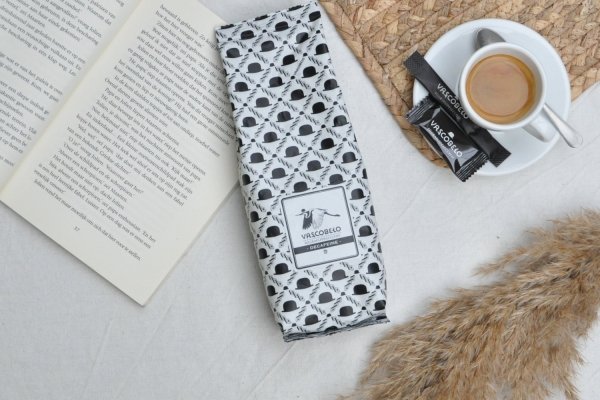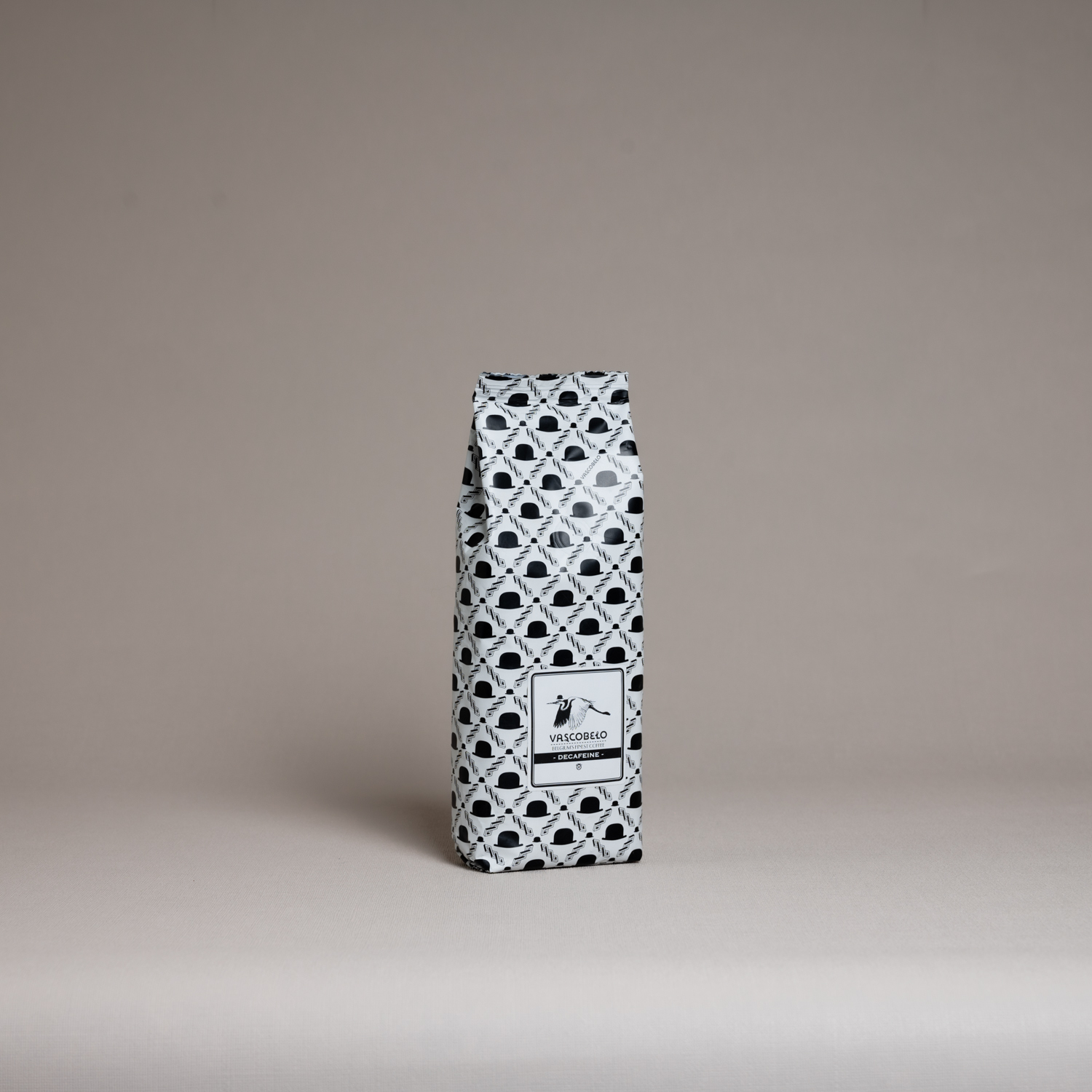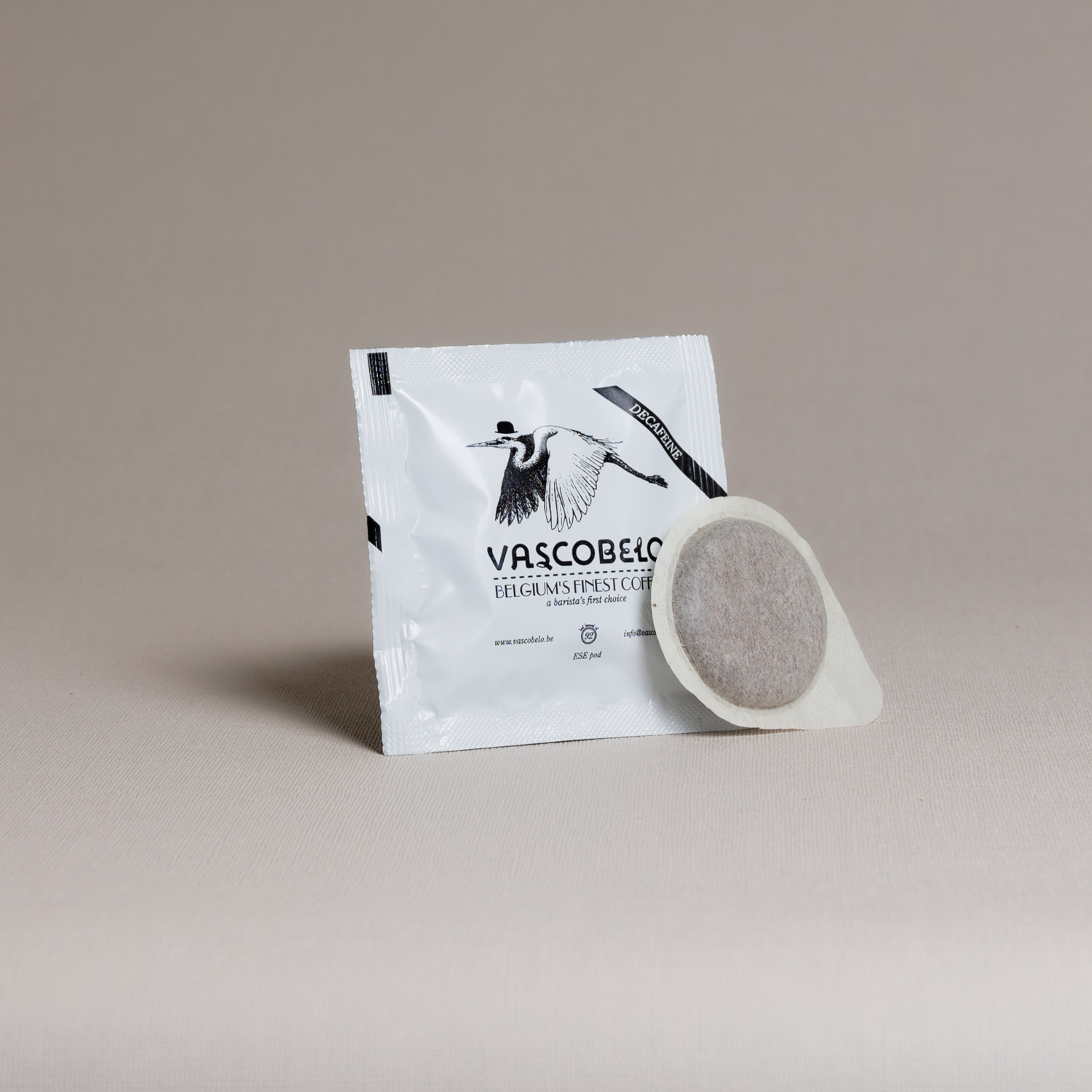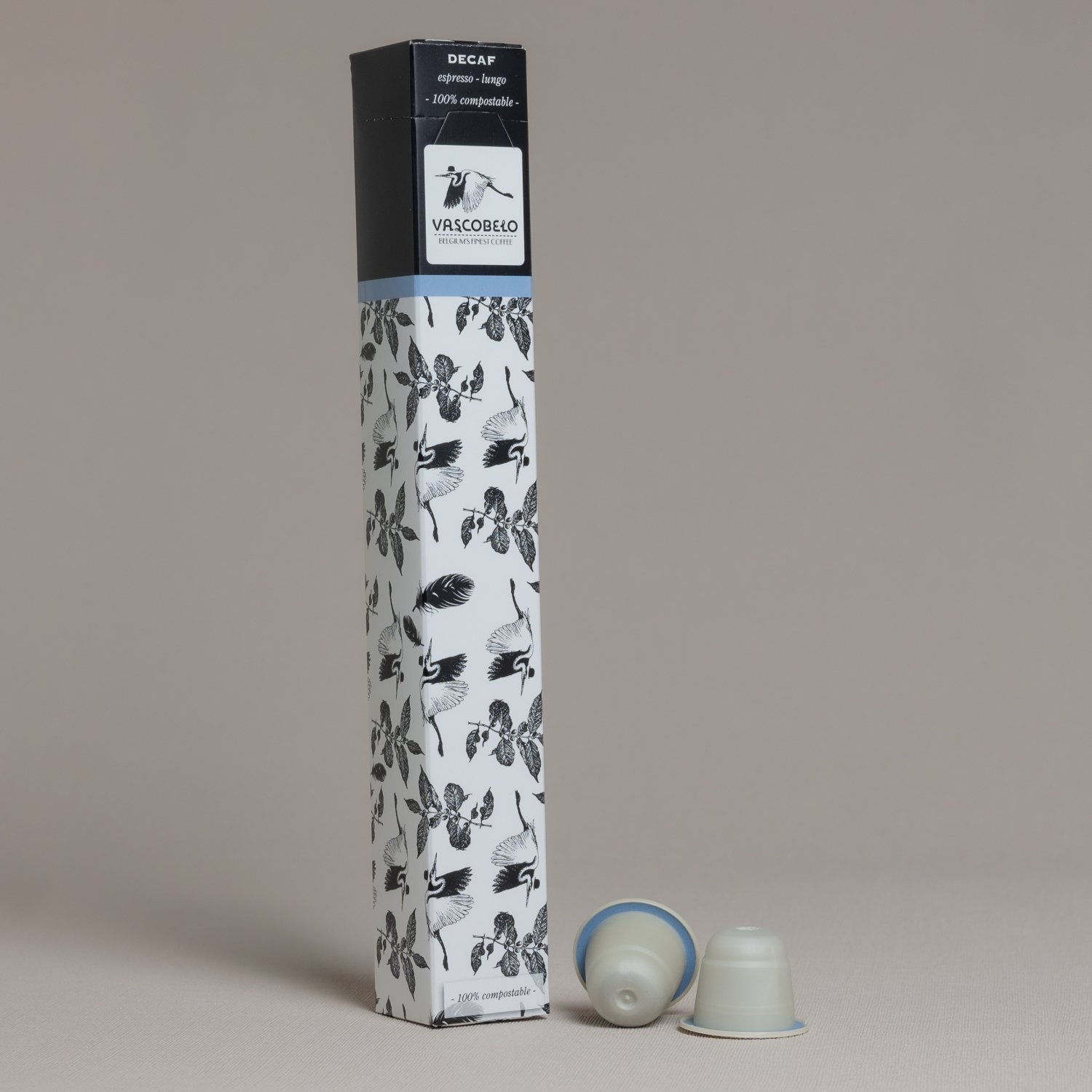HOW IS VASCOBELO COFFEE DECAFFEINATED?
Caffeine is a naturally occurring stimulant found in coffee beans. It gives coffee the stimulating effect that so many of us enjoy. However, not everybody reacts well to caffeine, nor do they feel the need for a stimulant. For this group of people, Vascobelo offers decaffeinated coffee. But have you ever wondered how coffee can be caffein-free and still have an outstanding flavour?

WHAT IS CAFFEINE?
To understand how caffeine is removed from coffee, it is essential to know its nature. Caffeine is a natural stimulant most commonly found in tea, cacao and coffee plants. Once consumed, it will transit from the gut into the bloodstream, increasing the activity of your brain and nervous system and boosting your alertness and energy levels. Accordingly, caffeine helps us stay awake because it blocks the effects of the neurotransmitter (aka adenosine) that relaxes the brain and makes us feel tired.
THE RISE OF DECAF
Each day, billions of people love starting their day with caffeine to wake up, get over a bad night, or increase concentration and focus. And if its effects are loved by so many, it appears that there are two categories of people who turned to decaf: those whose caffeine causes discomfort and others who drink decaf as a choice. Whatever the reason, decaf has seen a sharp increase in the past decade. Today, one in five coffee drinkers opt for decaf, which encouraged us to adapt our offerings and carry speciality blends such as our Decaf Guatemala Ground, Decaf ESE Pods and Decaf V-cups.
   |
That being said, it is not surprising that there has been increasing concerns around the safety of decaf coffee and the process behind its creation, especially with younger generations looking out for more healthy products and habits.
THE SECRET BEHIND AMAZING DECAF: THE SWISS WATER PROCESS
Like many discoveries, decaf was discovered by accident when a ship transporting coffee in 1903 was submerged by seawater. Soaked, the beans had lost their caffeine content but not their flavour.
Nowadays, most decaffeination processes use solvent-based methods with chemicals like methylene chloride or ethyl acetate (a natural fruit commonly found in apples and pears) to remove caffeine from green coffee beans. These methods occur before roasting, when the bean is at its green stage, as removing the caffeine it contains is easier.
At Vascobelo, we adopted a natural decaffeinating method called the Swiss water process as it is more gentle on the coffee’s structure and maintains the flavours and aromas unblemished.
Based on four simple steps (separate, filter, soak and dry), this method starts by soaking raw green beans into boiling water to separate the beans from their caffeine content. Then, the water is filtered through charcoal, when the caffeine molecules are extracted while the sugars, oils and other elements in coffee stay in the water to create ‘green coffee bean extracts. Again, the beans are soaked, but the green coffee bean extract is collected the first round this time. Indeed, the beans need to be washed multiple times to remove caffeine. Next, the beans are dried out, and most of their flavour qualities are left intact.
Following our ideal ‘Together we strive for a happy future, it is no surprise that we chose this method entirely natural. It does not require the use of any chemical solvents at any stage, and it produces a coffee of the highest quality you will ever find in the market. Whether you prefer coffee capsules, easy pods or ground coffee, we are proud to offer you a decaffeinated option that suits your drinking habits. If you want to reduce your caffeine intake and still want to indulge yourself in something as close as the caffeinated version, Vascobelo Decaf is your best option.
